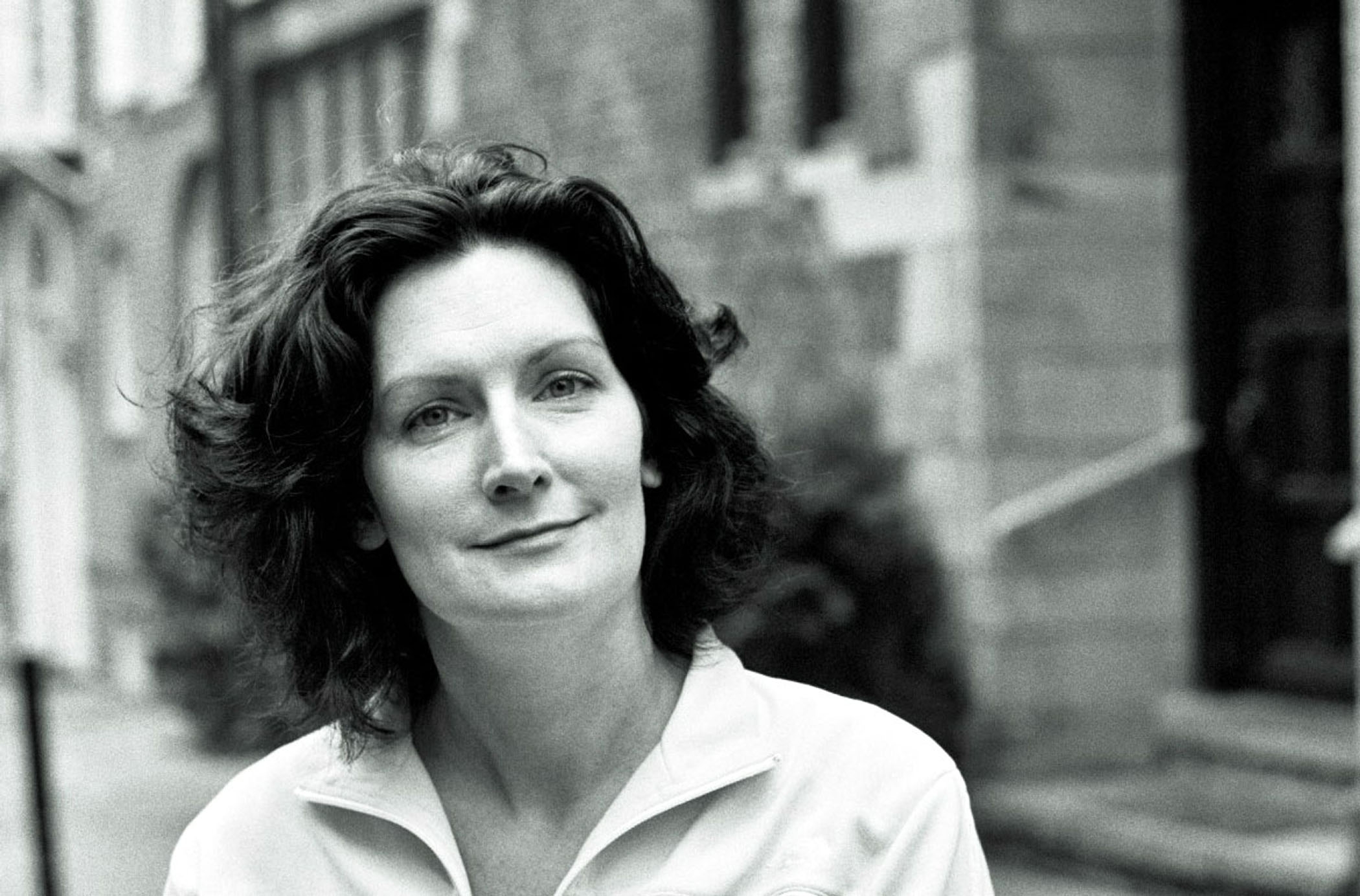
Anthony Rosato: Thank you for joining us, Susan. In your essay Catching My Breath, you write, “I thought maybe I don’t need to process before I write, maybe I need to write in order to process. It won’t be fiction, at least not at first.” Have you found that to be true? Has the writing since that point focused on fiction or non-fiction?
Susan Barr-Toman: Normally, I don’t discuss my personal life with many people and I never write about it. My fiction is not autobiographical. I have to say I was nervous about publishing this essay, but then Mary Akers (wonderful writer, editor and person) calmed me down and told me not to worry. The response has been very supportive, and surprisingly mostly from men who’ve said, I didn’t know you felt that way about Coltrane.
I have found that writing to process my thoughts has been very helpful. After taking that yoga class, I would sit and write about what I was thinking as if I had an audience. This made a big difference. Years ago I read The Artist’s Way and wrote my morning pages every day. I have notebooks filled with me whining about how I’m not writing. I really missed the point on that one. And I really should shred those babies. Without an imagined audience, I’d just drone on and on, but with an imagined audience I really tried to make sense of what I was feeling, why I was anxious or angry.
Once I got all these poisonous thoughts out of my head and faced what it was I’d been feeding my brain, I was able to return to fiction writing.
AR: I’m sure to some the concept of “yoga for writers” may seem more gimmick than substance. Why do you think you had such a strong experience?
SBT: It does sound totally cheesy. But it worked. It’s about discipline of the mind. (Of course, having taken one class, I’m now an expert.) It was what I needed, when I needed it. During that difficult period of time, my brain shut down creatively. There was this constant loop of things to do and things to worry about. This sense that life had been zapped of its potential. Anything could happen, and at that point it seemed like that meant only bad things. I would get all worked up and do very little work. I needed the ability to quiet my mind, to keep those thoughts and worries at bay. I hadn’t done that. Sitting in that class, listening, was like being alone with myself after a very long time and realizing how neglected I’d been. I was hanging by a string and yet holding everyone else up. I realized what a precarious situation I was in.
AR: What are you working on now?
SBT: Next month, my sister Sarah Barr and I are publishing a children’s picture book, called Mary Mulgrew, What Did You Do? It’s based on a story we begged our mother to tell us over and over again as children. Collaborating with Sarah was so much fun. You don’t get to do that a lot as a writer.
We’ve decided to self-publish (fingers-crossed, hope it goes well,) because apparently we’re breaking all the rules. When submitting a picture book to a publisher or agent, you should only submit the text. No pictures. They want to choose their own illustrator. They don’t want to work with teams. And they don’t want any rhyming, which seems crazy if you’ve ever had a child or read to a child or been a child. Kids love rhymes. We don’t want to bend to any of those rules and we have people clamoring for copies, so we’re doing it on our own.
Now I’m working on what I think is a middle grade novel. This could be because my kids were home with me most of the summer. I would write a scene and then share it with them. They enjoyed it and began asking, “Did you write today? Will you read us what you wrote?” It was nice to have an eager audience.
So a picture book, a middle grade novel, at this rate, I suppose I’ll write YA book next.
AR: You’re a Creative Writing Teacher as well as a writer. Do you find that teaching other writers drains or helps your writing?
SBT: Well, it definitely takes time away from writing. But it pays the bills. Well, maybe it covers the cable bill. I really should cancel the cable.
But I love it. I love being in the classroom and talking about how great writers put stories together. I love seeing all the potential in my students, so many different ideas, so many ways to tell a story. It’s exciting and it does energize me.
AR: What’s the most common “newbie” mistake you see in your writing students’ work?
SBT: When students are just starting out they approach the story as a mystery. I suppose that’s from all those years of studying stories in school with the approach that they are something that needs to be figured out. Then, when they go to write their first story, they try to create a puzzle for the reader. As a result, you don’t even know what’s happening in the story. Who is where? Who is talking? What is real? So we talk about structure, clarity, and craft elements. Your reader needs what is happening. The mystery should be why and how it’s happening and what will it mean for the protagonist.
Anthony Rosato lives in Wayne, PA with his wife, two daughters and a cat that doesn’t seem to care for him. His short stories and essays have been published in several literary quarterlies and magazines. He is working on his first novel, which, at the current rate of progress, should be finished in 2024.


Pingback: “Catching My Breath” by Susan Barr-Toman | Rkvry Quarterly Literary Journal